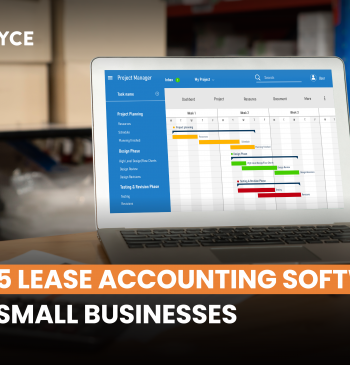05 Aug

Table of Contents
Bond meaning
Bond is a debt security in which the borrower issues bonds to raise money from the investors willing to lend them money for a certain period. In other words, a bond is a formal investment contract in which an investor loans money to an entity or corporation for a fixed period at a fixed interest rate.
Bond is like debenture, but bonds are used by banks and large companies such as states, municipalities, and sovereign governments to finance projects and operations.
For example, when you purchase a bond, you are lending money to the issuer, which could be a corporate, government, or municipality. In exchange, the issuer agrees to pay you a specific interest rate throughout the bond and to refund its principal when it “matures” or becomes due after a predetermined date.
Types of bond
Many diverse organizations, including the American government, localities, businesses, and international organizations, issue bonds. Financial institutions may issue some bonds, such as mortgage-backed securities, most common types of bonds are as under:
Government bond
A type of bond issued by a government is called a government bond. Such bond issues support spending, balance the budget, and stimulate the economy. On maturity of bond, government promises to pay face value.US government bonds are issued by the federal government. They are commonly known as treasuries because the US treasury department issues them.
Corporate bonds
Private and public firms issue corporate bonds to quicken daily operations, increase production, and finance equities. The corporate bonds may be secured or unsecured.
Municipal bonds
States, cities, counties, and municipal issue bonds for local projects. Investors can receive tax-free coupon income from some municipal bonds.
Agency bonds
Government-sponsored enterprises (GSEs) issue agency bonds to pay for government mortgage, education, and agricultural lending programs. Some of these bonds are free from state and municipal taxes, but all are subject to federal tax.
Zero coupon
Throughout their lifetime, the zero coupons do not pay any recurring interest. They are issued at a discount to the par value, which makes them a desirable investment. The difference is added, and the full principle amount (par value) is paid upon maturity. Financial institutions can also issue them by deducting the coupons from the principal sum.
Fixed-rate
The instruments have coupon rates and remain constant throughout their life.
High yield
The credit rating agencies rate such bonds as below investment grade. These are often known as junk bonds because they are low grade debt instruments. . Therefore, the issuers offer a greater rate of return to entice investors. Since these instruments are of poorer quality, a higher yield is anticipated. For a higher yield, investors who are ready to take a risk choose these.
Floating rates
A floating rate bond is one in which the coupon rate fluctuates consistently throughout the investment.
Convertible
The holders can trade them in for particular stock shares. These are regarded as hybrid securities since they incorporate elements of both equity and debt.
Foreign
In order to raise money in local currency, a foreign corporation issued these debt instruments on the domestic market. Therefore, it can profit from a varied portfolio because most investors will likely come from the domestic market. Additionally, the investors can include international exposure in their portfolios using instruments like Bulldog and Samurai bonds.
Putable bonds
In the putable bond, the bondholder can compel the issuer to buy back the securities at predetermined times before maturity. The issuer determines the repurchase price, which is typically fixed at par value (the face value of the bond).
Conclusion
In this article, we discussed bonds and types of bonds. I hope the types of bonds discussed above help you understand different types of bonds and how they work
Shabana has been a committed content writer and strategist for over a 5 years. With a focus on SaaS products, she excels in crafting compelling and informative content.
Related Post
Copyright © 2024 – Powered by uConnect



Shabana